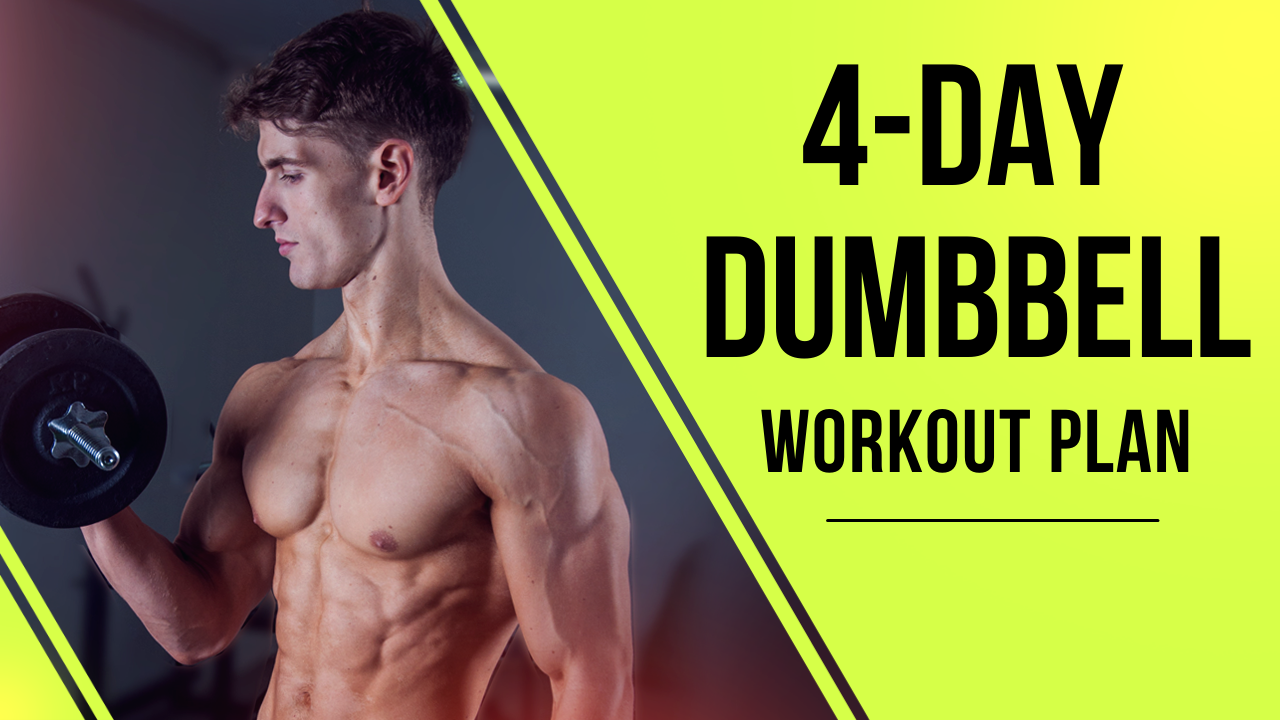
IN THIS POST
Intro: The ultimate dumbbell workout plan
You don’t need a weight bench, stability ball, or squat rack.
All you need are dumbbells for this workout program designed to help you build muscle, strength, and confidence.
So grab yours, and let’s jump right into the workouts.
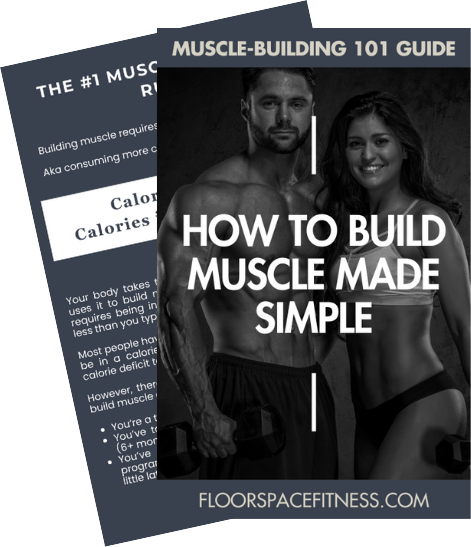
Workout plan design
You’ll be on an upper/lower split for this 4-day dumbbell workout plan.
That means you’ll have two lower body workout days and two upper body workout days each week.
Your week could look something like this (You don’t have to choose the same exact days):
- Monday: Lower body workout A
- Tuesday: Upper body workout A
- Thursday: Lower body workout B
- Friday: Lower body workout B
I’d highly suggest not working out three days in a row.
Your body needs time to rest, and it’s actually during recovery that progress is made.
4-day dumbbell workout plan
Your workout plan is below.
After the overview of your plan, I’ve created a section that includes exercise GIF tutorials and tips.
Workout #1 (Lower Body A)
- 1.) 3-second negative front squats: 3 sets x 5-7 reps
- 2a.) RDL’s: 3 sets x 8-10 reps
- 2b.) Forward lunges (each leg): 3 sets x 6-8
- 3.) Weighted glute bridge: 3 sets x 12-15 reps
Workout #2 (Upper Body A)
- 1a.) Push-ups: 3 sets x 10-15 reps (If this is too easy, do 3 sets x as many reps as possible)
- 1b.) Back row: 3 sets x 8-10 reps
- 2.) Kneeling Arnold press: 3 sets x 8-10 reps
- 3a.) Supinated bicep curl: 2 sets x 10-12 reps
- 3b.) Skull crushers: 2 sets x 10-12 reps
Workout #3 (Lower Body B)
- 1.) Half rep into full goblet squats: 3 sets x 6-8 reps
- 2.) Reverse lunges (each leg): 3 sets x 8-10 reps
- 3a.) Romanian deadlift (RDLs): 3 sets x 8-10 reps
- 3b.) Weighted glute bridge: 3 sets x 12-15 reps
Workout #4 (Upper Body B)
- 1) Floor press: 3 sets x 8-10 reps
- 2a.) Kneeling half rep into full shoulder press: 3 sets x 6-8 reps
- 2b.) Single-arm row (each arm) w./ one sec pause at top: 3 sets x 8-10 reps
- 3.) Lateral raises: 2 sets x 12-15 reps
- 4.) Zottman curl: 2 sets x 10-12 reps
Rest time: 2-3 minutes between sets (This is a guideline).
By all means, if you need more rest between sets to recover fully please take it. 🙏🏾
*** If you see a number followed by a letter (I.e. 1A and 1B) this is what’s called a “superset.” A superset means performing a set of each exercise before taking a rest. For example, in upper body workout A, you would perform a set of push-ups and then immediately go into a set of back row. You rest once you’ve done a set of each exercise. ***
Related: Should you eat less on rest days?
Lower body workout A
1.) 3-second negative front squat
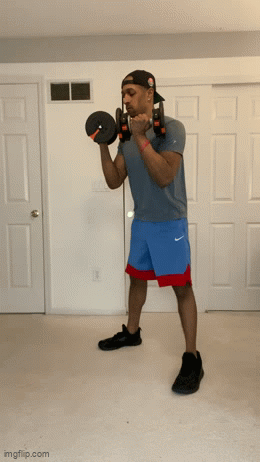
Normal squats essentially have you go up and down as fast as you can while controlling the weight.
But with 3-second negative squats, you’re going to slow down the eccentric portion (lowering phase) of the lift.
So rather than squat up and down quickly like you typically would take 3-4 seconds to lower yourself down before squatting back up.
This places more tension on your muscles and the more tension the better.
2A.) Romanian Deadlift (RDLs)
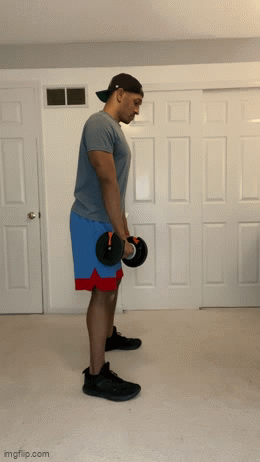
Here are a few cues and tips for RDLs:
- As you lower the weight down to the ground keep your chin tucked and your spine in a neutral position (I.e. don’t round your back).
- Instead of dropping the weight straight down, imagine you’re trying to close a door behind you with your butt. This will help you not round your back.
- As you lower the weight don’t have it so far away from your body. Tilt the weight out at around a 30-degree angle and guide it down your legs, keeping the weights as close to your legs as possible.
- You don’t have to go down anywhere near close to the ground. Once you feel that stretch in your hamstrings/glutes, come back up to the starting position.
- The straighter you keep your legs, the more hamstrings you’ll work. And while these shouldn’t end up being a squat, having more bend in your knees will target more of your glutes.
2B.) Forward lunges
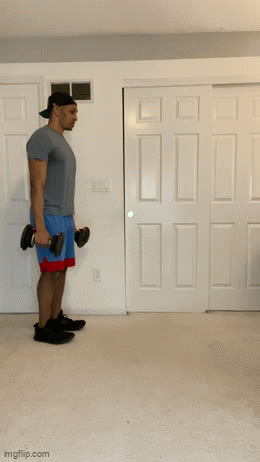
Here are a few things to note about forward lunges:
- Instead of stepping straight back, step back and a little out to the side to have better balance.
- You’ll hit more quads by taking smaller lunge steps.
- You’ll hit more glutes by taking larger lunge steps.
3.) Weighted glute bridge
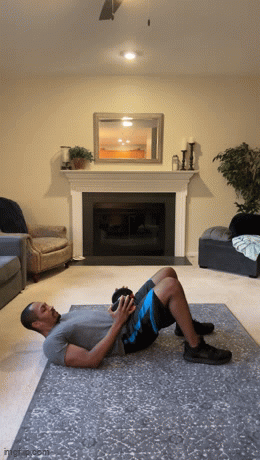
Reeeeally squeeze your glutes at the top of the movement (without overextending your back!).
A cue I like to use is this: Pretend you’re trying to squeeze a penny between your butt cheeks.
Upper body workout A
1A.) Push-ups
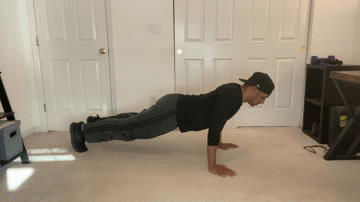
Here are some form tips when performing push-ups:
- Make sure your butt isn’t sticking up in the air (your spine should be neutral).
- Brace your core. A cue for this is to pretend someone’s about to punch you in the stomach.
- Hand placement: Shoulder-width apart or slightly outside that.
- Your wrists should be in line with your shoulders.
If you struggle with push-ups make sure you download the guide below.
It’s a push-up progression plan that will help you get your very first one and then crank out multiple ones in a row.
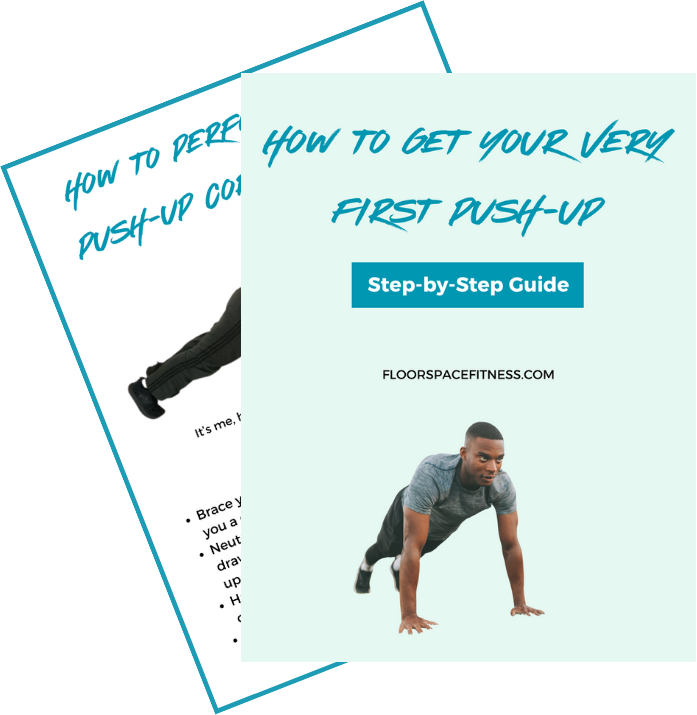
If you’re unable to do traditional push-ups from the floor here a couple variations to try:
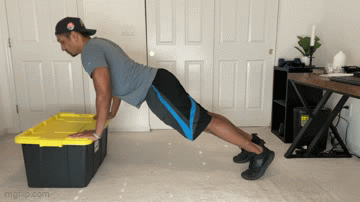

Related:
Once you master push-ups, give this guide on improving your chin-ups a try.
1B.) Back row
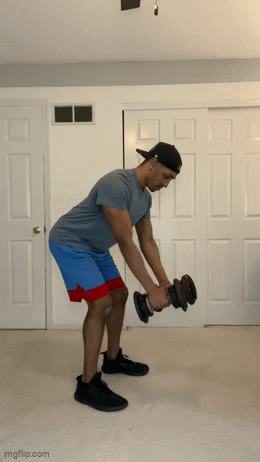
Hinge at the hips and keep your spine neutral (don’t round your back).
Pull with your elbows as you bring the weight up.
A cue to pull with your elbows so you can activate your back muscles is to think of your hands as hooks.
Also, as you pull the weight toward your body, imagine you ‘re trying to scrape the side of your ribs.
This will help keep your arms close to your body.
2.) Kneeling Arnold press
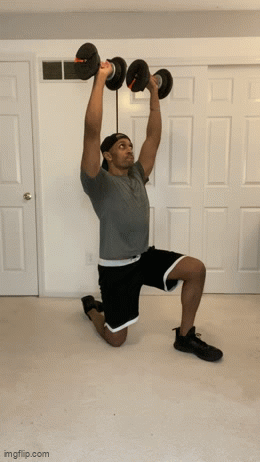
The main thing to look out for with Arnold press is a rounded back (make sure you aren’t doing that).
Bracing your core will prevent you from arching your back.
3A.) Bicep curl

Two noteworthy things about bicep curls:
- Make sure you control the weight on the way down and don’t just let it drop.
- To prevent swinging, using a bunch of momentum, or arching your back, you can do these with your back up against the wall (You should essentially be standing straight up and down).
3B.) Skull crushers
Lay flat on your back.
Lower the weight down nice and slow until you feel a stretch in your triceps at the bottom.
Then, press the weight up.
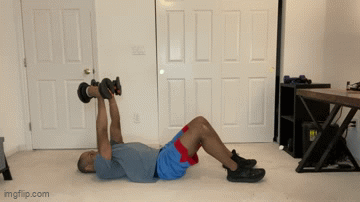
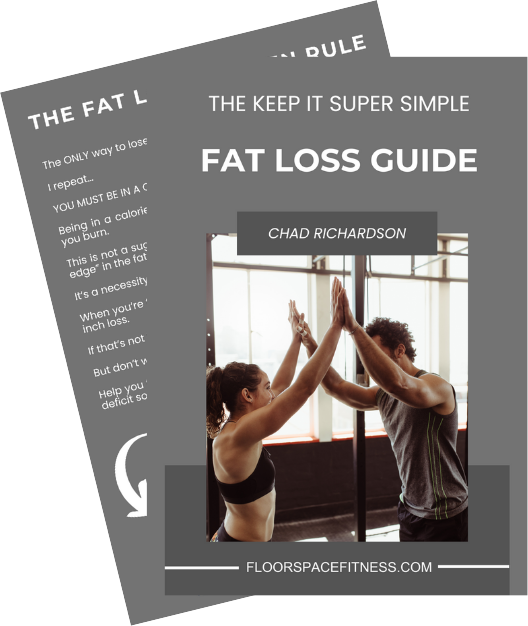
Lower body workout B
1.) Half rep into full goblet squat

Rather than squat down and come all the way back up, you’re adding a half rep in there.
Here’s what that would look like:
Squat all the way down, come halfway up, go all the way back down, then come all the way up.
Your muscles will be on FIRE and under greater tension.
To perform the exercise with proper form, place your feet roughly shoulder-width apart or slightly outside.
Your toes should be pointed outward slightly as well.
Now, there are a few different ways you can perform your squats.
Each way places more emphasis on different muscles:
- If you lean your torso forward slightly (make sure to keep your spine neutral and not round your back), you’ll hit more glutes.
- If you keep your chest more upright as you’re squatting down, you’ll hit more quads.
- A wider stance will target more inner thighs.
2.) Reverse lunges

Here are a few things to know about reverse lunges:
- A further step back = hitting more glutes.
- A lot of people struggle with their balance when performing lunges. Here’s what I want you to do: Don’t think, “I should be stepping straight back.” Think, “I need to step back and a little out to the side.” You’ll have a wider base, which will make balancing significantly easier.
- It’s okay to have a slight lean forward, just make sure you’re keeping your spine neutral (not rounding your back).
3A.) Romanian Deadlift (RDLS)
*** See above in lower body workout A ***
3B.) Weighted glute bridge
*** See above in lower body workout A ***
Upper body workout B
1.) Floor press
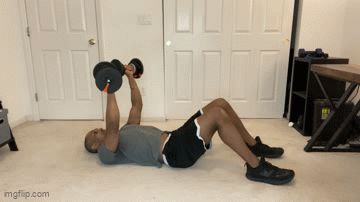
Keep your elbows in at a 30-45 degree angle (Don’t flare them out at 90 degrees).
As you press up I want you to pretend you’re trying to touch your elbows at the top of the movement (This will help you achieve a better muscle contraction).
2A.) Kneeling half rep into full shoulder press
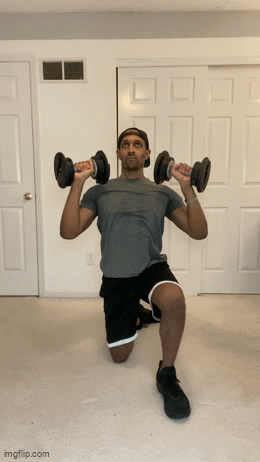
The added half rep results in greater tension on your muscle fibers.
By now you know that’s a good thing and leads to more progress.
Also, make sure your core is tight and braced.
A tight core will help prevent you from arching your back.
2B.) Single-arm row (one-second pause at top)
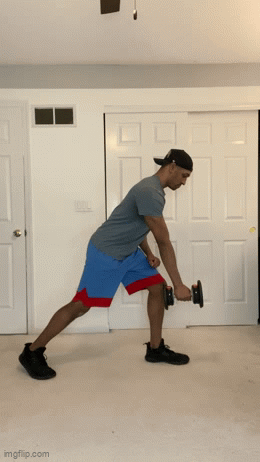
The leg without the dumbbell in your hand should be forward (Place the hand on that side on your leg as well).
Lean forward (making sure not to round your back) and pull the weight up through your elbows.
Similar to back row in upper body workout A, your hands are just hooks.
Once you get to the top of the movement, squeeze for one Mississippi and then lower the weight back down nice and controlled.
3.) Lateral raises

Lateral raises target your side shoulder muscles (side delts).
Have a slight bend in your elbows and instead of lifting the weight straight out to the side, pretend you’re raising your arms to the corners of a room.
4.) Zottman curl
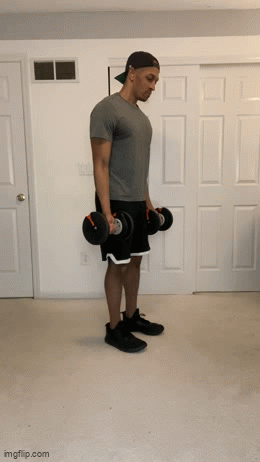
Rather than curl the weight up and down with your palms facing you the whole time, you’re going to curl the weight up with your palms facing you.
At the top, twist the weight around so that your palms are facing away from you, and slowly lower the weight down.
It should take you around two Mississippi to lower the weight back down.
Like with traditional bicep curls, consider performing these up against a wall to prevent swinging or use of momentum.
5 crucial tips for workout success
I wanted to provide you with the actual workout, first and foremost.
But I’m glad you’re sticking around for this part!
These tips I’m about to share with you are key to you getting everything you possibly can out of your workouts:
- Apply progressive overload: This is the #1 strength training principle you need to follow. Progressive overload basically means “to do more.” Over time, you need to gradually lift heavier weights or do more reps if you want to see results in the muscle-building and strength departments.
- Push yourself: Lackluster effort = lackluster results. To get the most out of your workouts, you need to be challenging yourself and pushing within 1-2 reps shy of failure on all your sets.
- Don’t lift with your ego: The amount of weight you lift should be what’s heavy for YOU, not anyone else. Opt for a weight that allows you to perform all reps with proper form.
- Consistency is key: Understand you won’t always feel motivated to workout, stay on track with your nutrition, or get your daily 10K steps. If you want results though, it’s going to take handling your fitness business even when that’s the very last thing you want to do.
Related: How to count calories for fat loss.
- Have patience: You won’t be able to snap your fingers, go look in the mirror, and then WOW, see a brand new person who has the body of their dreams staring back at you. I see this all the time on Pinterest…“Achieve a 6-pack in just two weeks!” (doesn’t happen like that) or “Lose 30 lbs in 30 days,” which is so unrealistic it’s almost laughable. Anyone who tells you things can be done super quick is either intentionally misleading you or has no idea what they’re talking about. Understand results happen in the long term, not short.
More free programs and workouts
This workout plan is part one (of two) of my free 12-week dumbbell workout program.
You can download the entire program below:
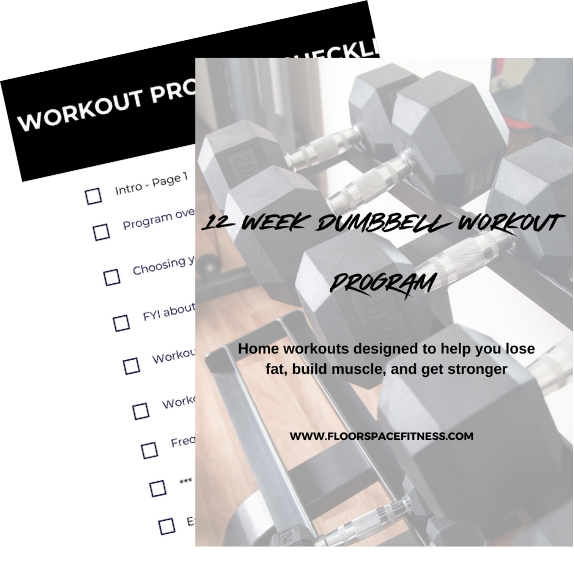
Here are some additional workouts and plans you might also be interested in:

What's up?
I’m Chad, I’m happy you’re here! I’m a certified personal trainer and my goal is to help you form practical, sustainable habits that lead to lifelong fitness results. If you want to lose fat, build muscle, and live a healthier, happier life then you’re right where you need to be. 💪🏾
Free resources
⬇⬇⬇
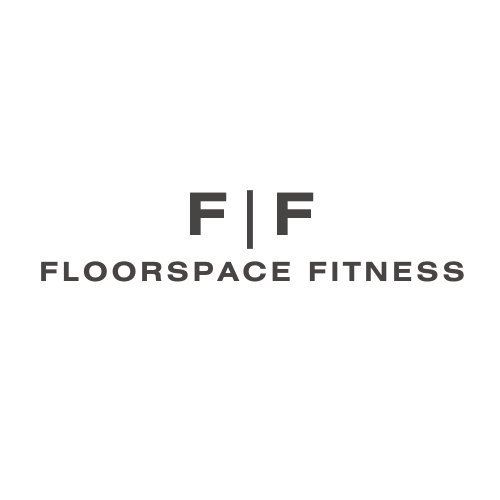

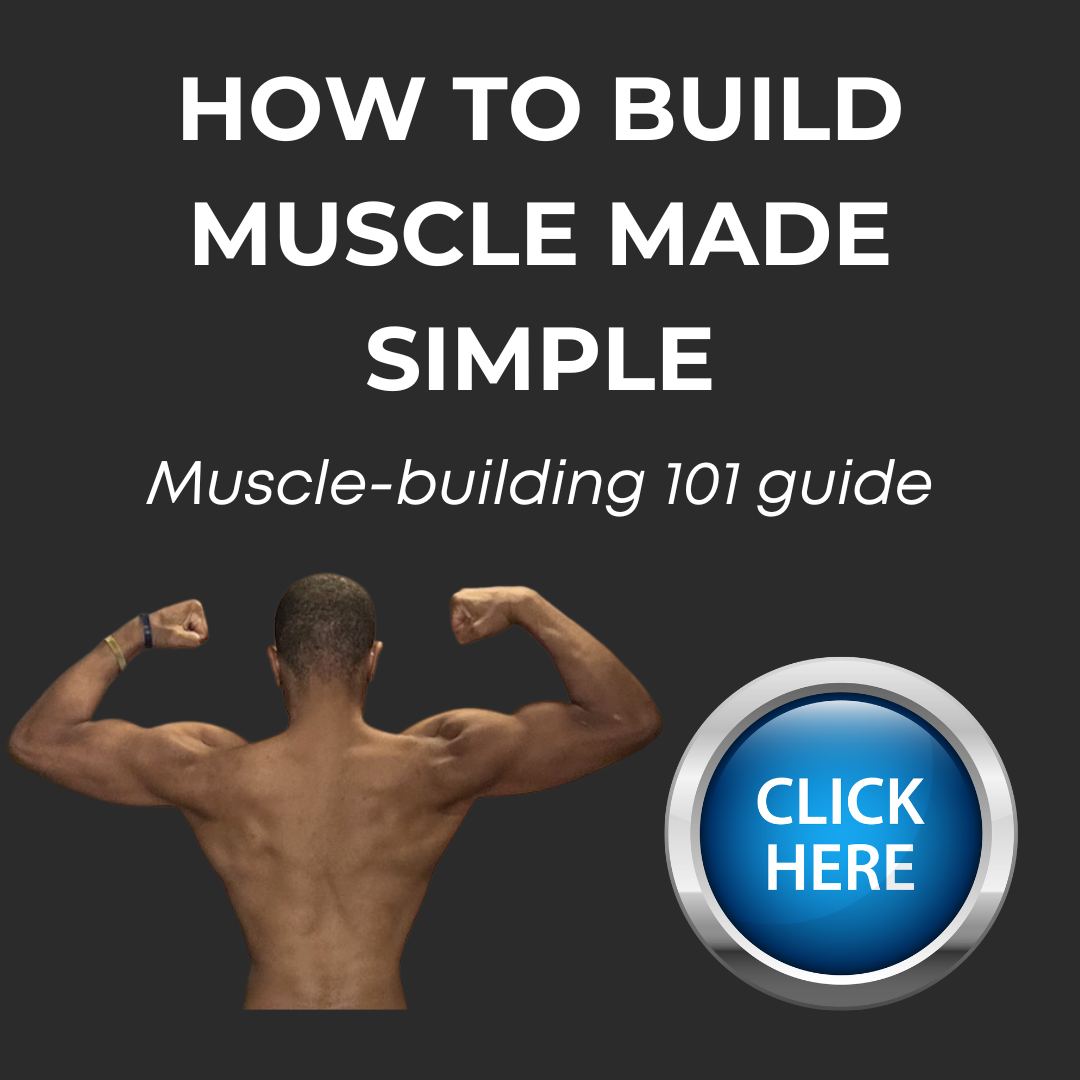
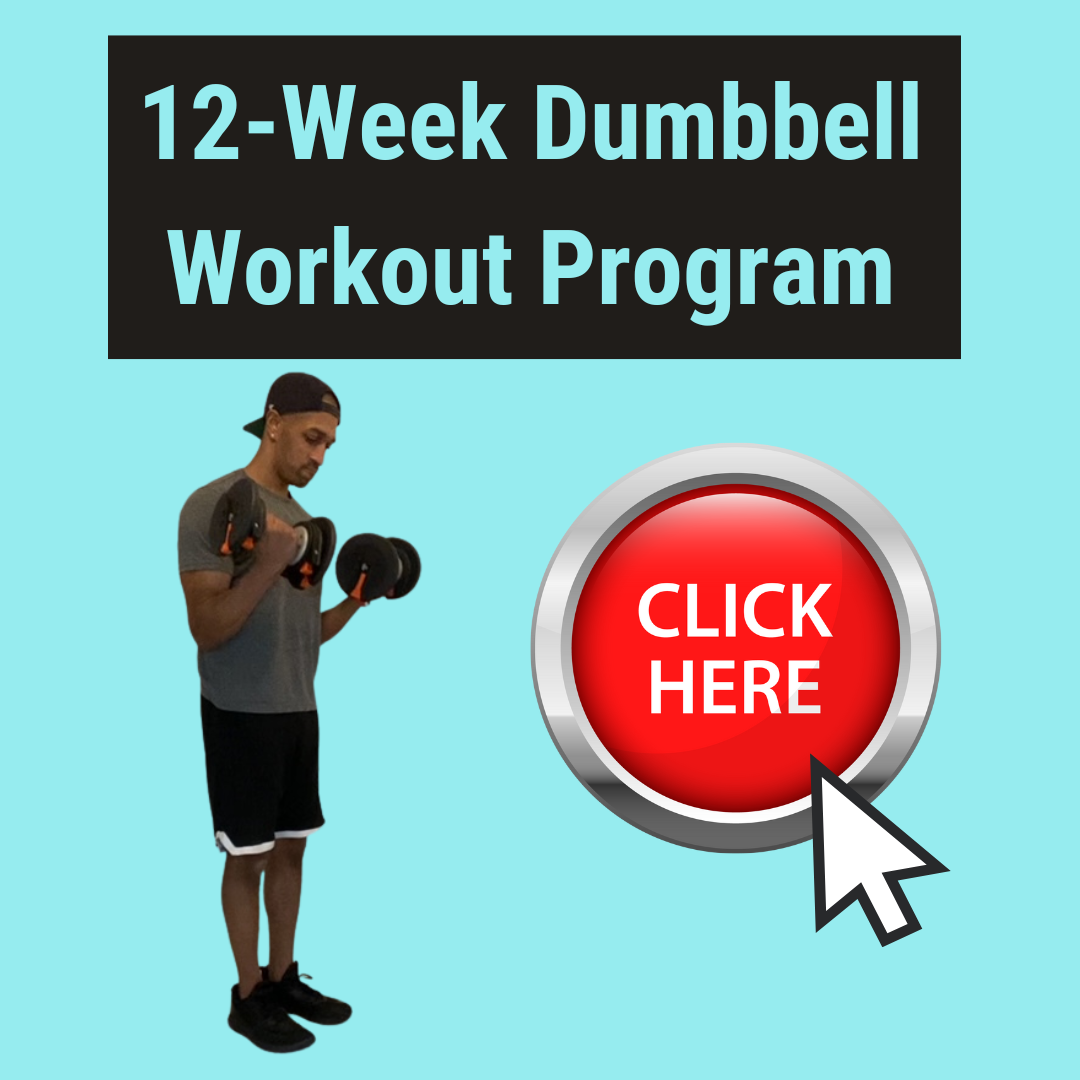
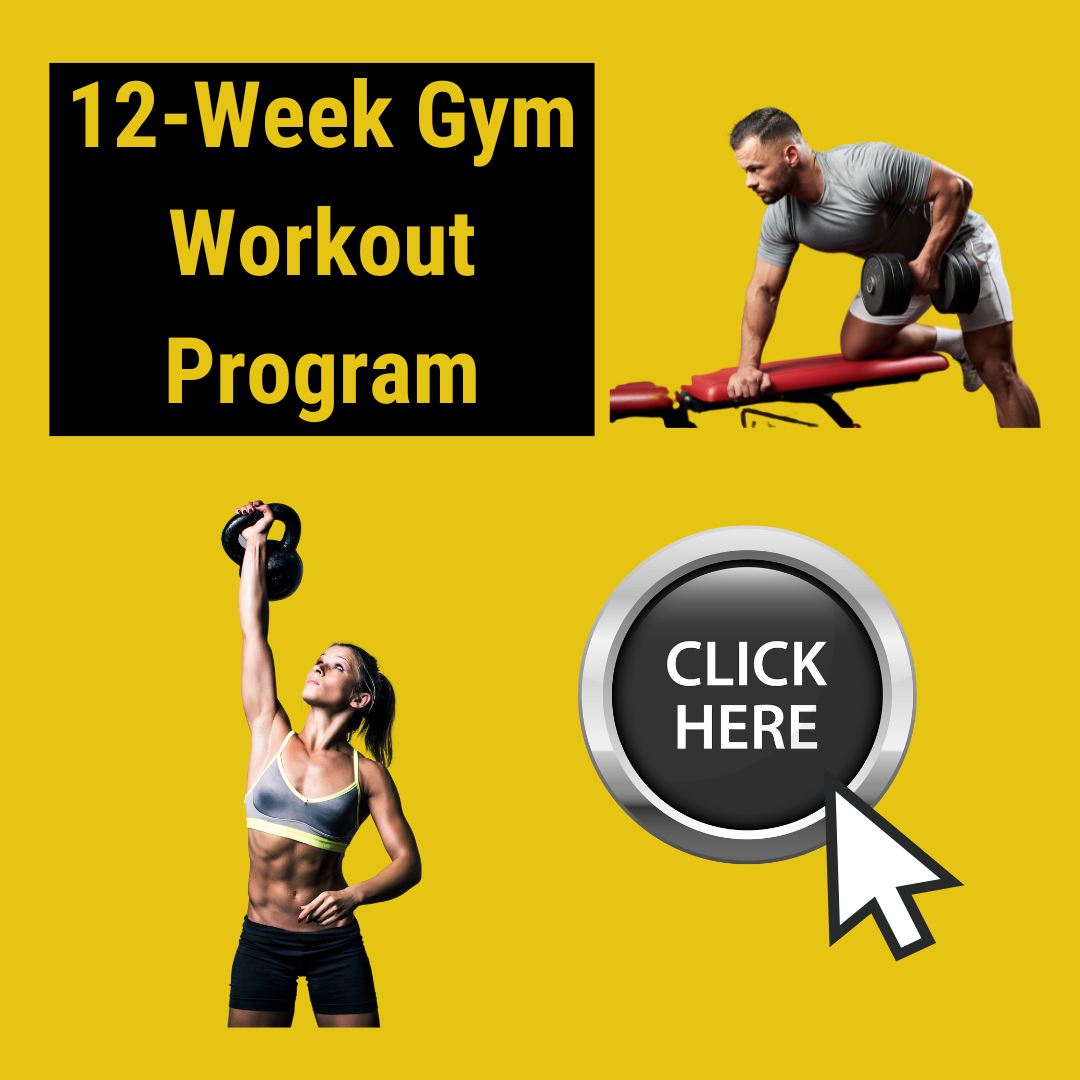

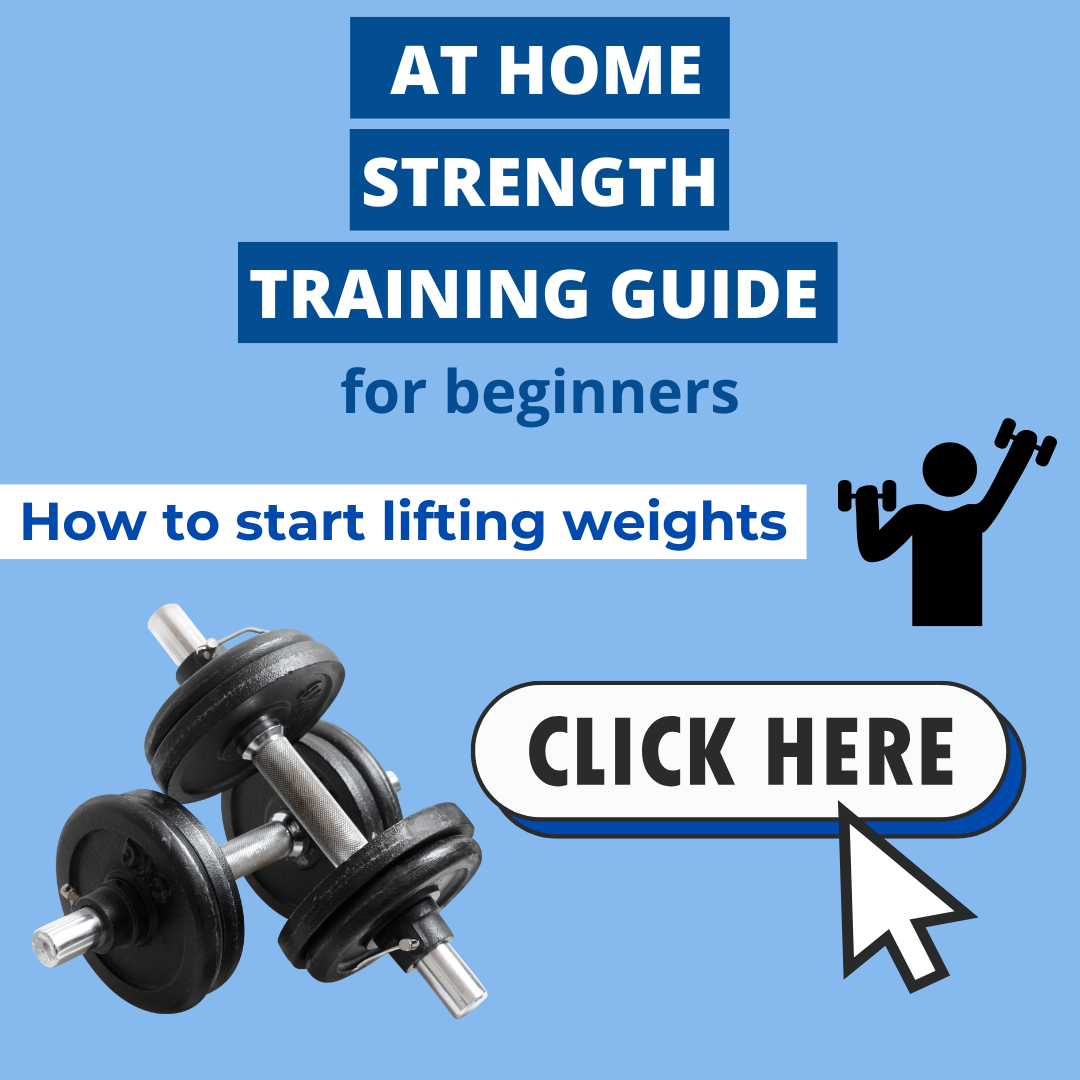
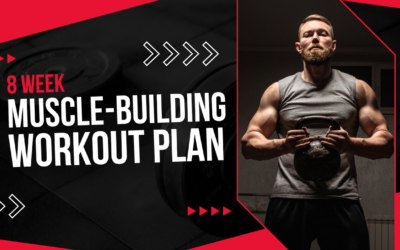
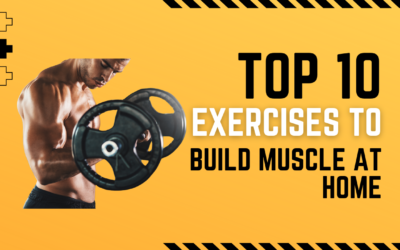
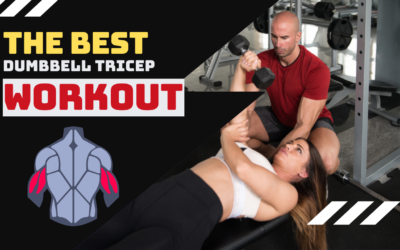
0 Comments